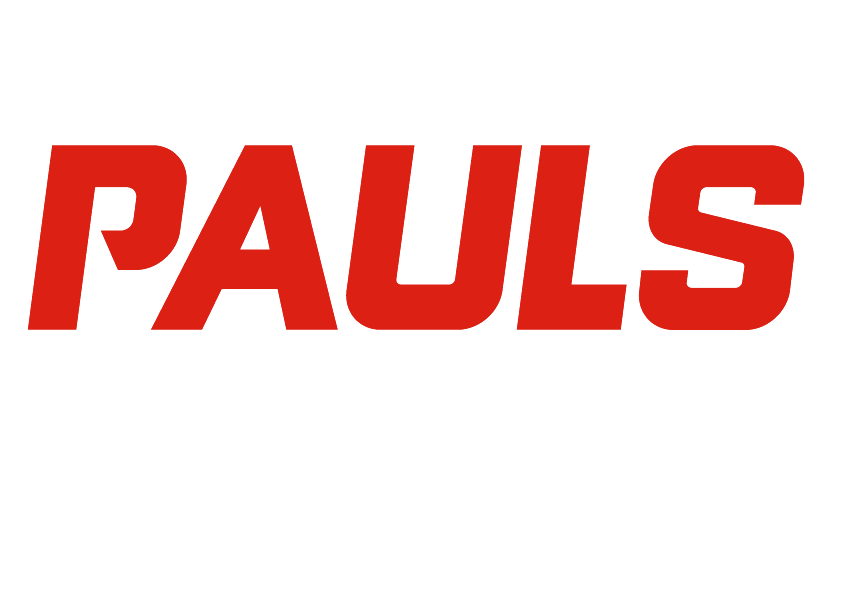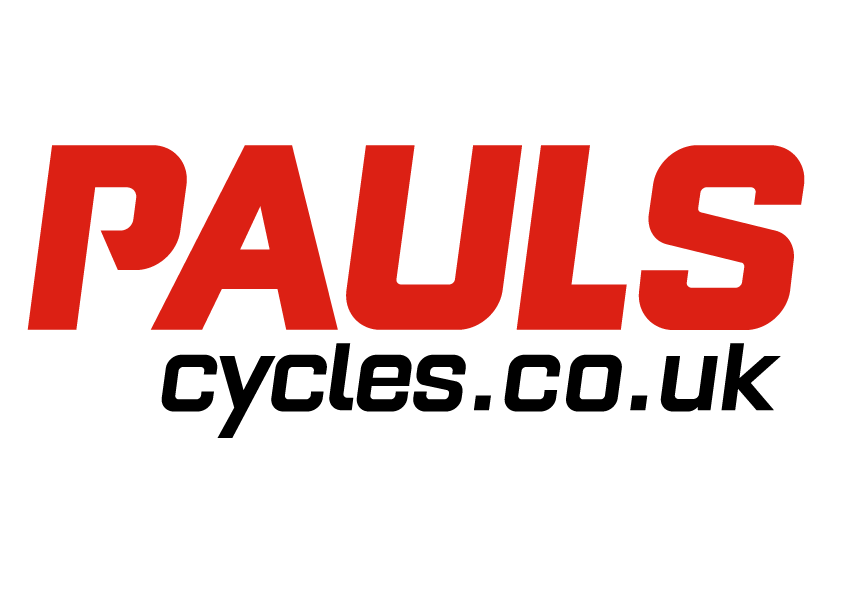The best way to deal with bike theft is to prevent it! Those who have experienced bike theft are likely to be left feeling angry, upset, and out of pocket, to name a few of the words we’re allowed to write here.
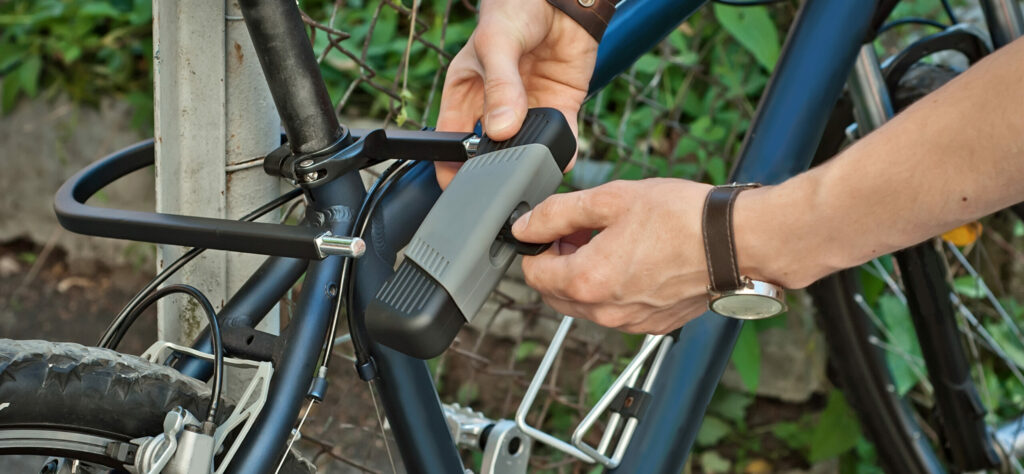
With many bike owners also using their two-wheels to commute to a place of work, bike theft can also come with significant disruption to day-to-day life, not to mention the headache and inconvenience of seeking a resolution. If you’re anything like us, your well-kept steed is probably your prized possession – So don’t leave fate up to the moral compass of others, protect your bike from theft and invest in your bike security.
An article by the Guardian suggests only 1 in 10 bike thefts result in criminal charges. With an estimated 75,000 bikes stolen every year, we’ve summarised our 6 top tips for preventing bike theft and what you can do if you’re unfortunate enough to be a victim.
- Invest in a tough, quality bike lock, even two! The most basic and effective way to protect your bike from theft is to use a good-quality lock. According to a study by the Bicycle Association of Great Britain, only 7% of bikes locked with a Sold Secure Gold-rated lock were stolen, compared to 58% of bikes that were not locked at all. Using more than one lock, such as a U-lock and a cable lock, through the frame and wheel of the bike can make it more difficult for thieves to break through as often tools to attack one type of device aren’t so applicable to others. A study by the University of Cambridge found that bikes locked with two locks were stolen at a rate of just 3%, compared to 24% for bikes locked with a single U-lock.
- Be wise about where you store your bike, and make it secure. Crime survey data collated by the Office of National Statistics found that 70% of bike thefts occurred in residential areas, and 56% of thefts took place at night. By parking your bike in a visible, well-lit area, you are less likely to be targeted by thieves. At home, keep bicycles in a secure garage or shed, locked to the floor. When parking away from home make sure your bike is locked to a heavy-duty piece of street furniture or a purpose-built cycle rack – ideally with CCTV.
- Register your bike with a national database. A national database such as Bike Register, the UK’s only police-approved cycle database, will help police to find your bike in the unfortunate event it gets stolen. Doing so greatly increases the chance you are able to recover your stolen bike. In fact, according to BikeRegister, the recovery rate for registered bikes is 50%, compared to just 5% for unregistered bikes!
- Change privacy settings on Fitness tracking apps. Cycling & fitness trackers such as Strava can be used to easily identify your start/end location, (which is most likely your home) so it’s worth amending your privacy settings on location-sharing devices.
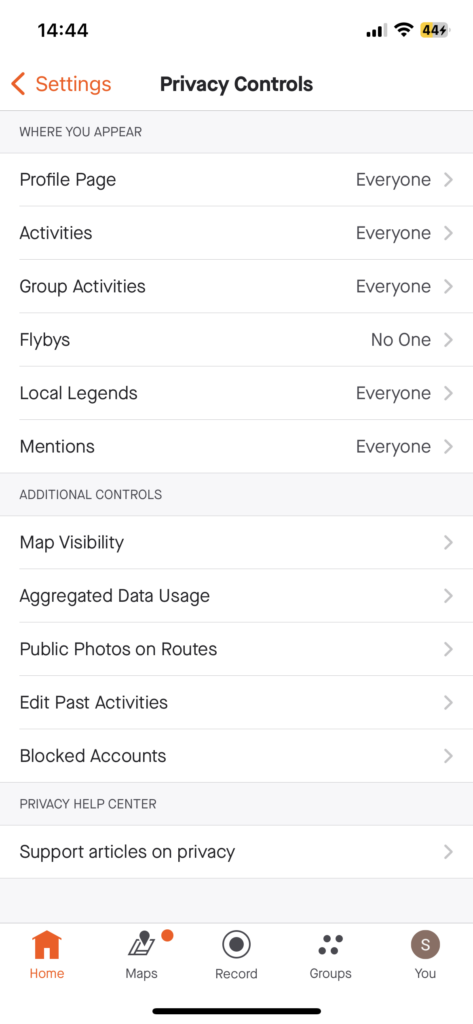
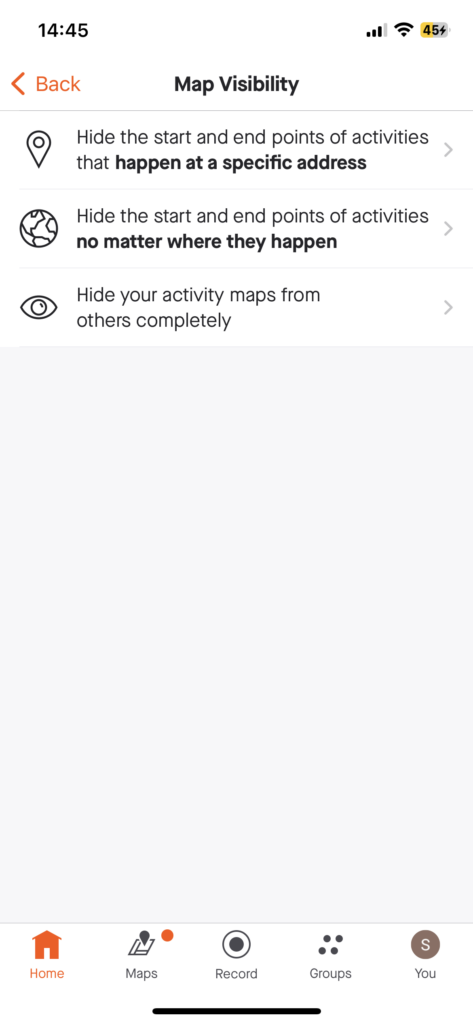
- Buy a GPS bike security system. Much like a security system on a car, there are a variety of tech options available on the market that offer alerts, can inform police investigations, and, even better, sound a siren if your bike is tampered with or leaves a set location. A hidden GPS Tracker can be a great way to track your bike in real-time and to alert you if it’s moved, sending tracking information directly to your phone. We wouldn’t recommend using this information to go on an Inspector Clouseau-style hunt, but it’s a great source of information for the Police.
- Insure your bike. With specialist bike insurance, such as our partners at Sundays Insurance, your bike will be covered for theft at and away from home, along with other additional cover inclusions. When you purchase a new bike from us, you’ll receive 30 days of free insurance coverage with Sundays Insurance. Taking photos of your bike, including any serial numbers (typically found on the bottom of your bike frame bracket), unique features, marks, or upgrades is recommended when insuring your bike. Photos are also useful to help Police identify your bike in recovery.
How to keep your bike securely locked
It’s important to note that no lock is completely theft-proof, but by using a high-quality lock and locking your bike in a visible, well-lit area, you can greatly reduce the chances of your bike being stolen. Locking both wheels and the frame to the object can make it harder for thieves to steal the bike or parts of it. At the very least, you should always lock through the frame rather than just a wheel, as wheels can be removed far more easily.
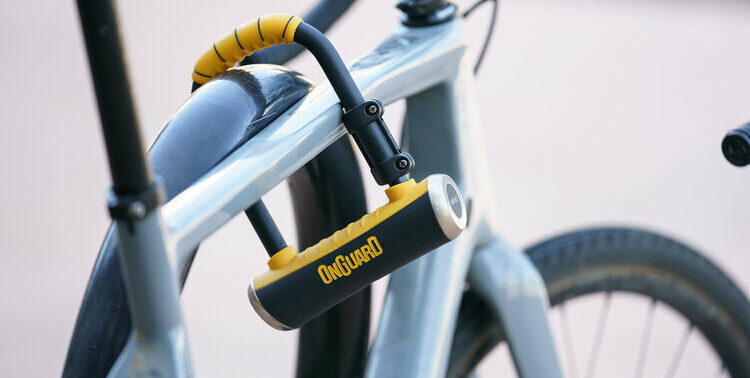
What are the best bike locks?
A good industry indicator of lock quality is the Sold Secure ratings. Sold Secure Gold-rated locks are considered to be the most secure and are recommended even for high-theft areas.
Here are a few of the most common and secure types of locks:
- U-locks (also known as D-locks): U-locks are considered to be one of the most secure types of locks. They are made of a hardened steel shackle and a heavy-duty crossbar that is difficult to cut through. These come as a combination lock or a key lock. Some popular brands of U-locks include Kryptonite, Abus, and OnGuard.

- Chain locks: Chain locks are also very secure, and are made of a series of heavy-duty links that are difficult to cut through. They offer a lot of flexibility as you can thread the chain through the wheels and frame of your bike. However, they can be heavy and bulky to carry around.
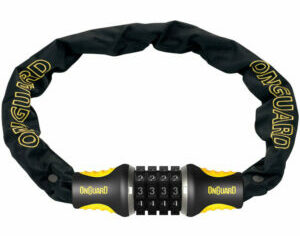
- Cable or Coil locks: Cable locks are not as secure as U-locks or chain locks, but they are much lighter and more portable. They are made of a braided steel cable that is covered in a plastic or vinyl coating. They are best used in conjunction with a U-lock or chain lock.
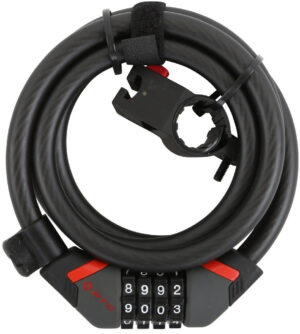
- Foldable Locks: These locks are made of multiple steel plates linked together. They are portable and easy to carry around, can be folded to a small size, and are secure while also able to be used in combination with other locks.
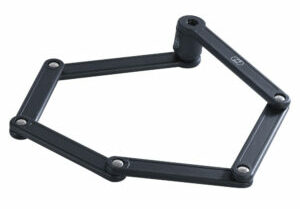
The best bike lock option is multiple U-locks or a U-lock combined with a chain or coil lock through both the frame and wheels. U-locks and Chain locks are much tougher than cable/coil locks, which can be twisted with a bar or pipe to snap the lock mechanism relatively easily. That is not to say that cable/coil locks are unsafe, but that they should be used in tandem with other locks to secure the wheels or frame of the bike.
What to do if your bike is stolen
Of course, in addition to our prevention tips, it’s also important to know what to do if your bike is unfortunately stolen. Here are some steps to take if your bike is stolen:
- Check for any footage of the theft. Check if there is any CCTV footage of the theft, or if any of your neighbours have footage from their security cameras.
- Report the theft to the police. As soon as you realise your bike has been stolen, contact your local police department and file a report. Be sure to provide them with the make, model, and serial number of your bike, as well as any other identifying information such as CCTV footage, GPS information, and photos. This will increase the chances of your bike being recovered.
- Check online marketplaces and social media for the bike. Check online marketplaces like ebay or gumtree, or social media platforms like Facebook and Instagram, to see if your stolen bike is being sold. As well as stealing specific bikes “to order”, many thieves will try to sell stolen bikes online.
- Check with local bike shops and pawn shops. Contact local bike shops and pawn shops to see if they have come across your stolen bike.
- Use Bike Register’s Stolen Bike Checker. If you have registered your bike with Bike Register, you can use their Stolen Bike Checker to see if your bike has been reported as stolen.
- Spread the word. Let your friends, family, and local cycling community know that your bike has been stolen. The more people who are aware of the theft, the more likely it is that your bike will be recovered, so social media as well as any relevant social media groups can be useful tools.
At Pauls Cycles, we stock a range of cycling essentials to help you ride! If you are looking for guidance on how to choose a secure lock for your bike, then get in contact with our expert team for some first hand advice. Remember, an ounce of prevention is worth a pound of cure. Happy cycling!
